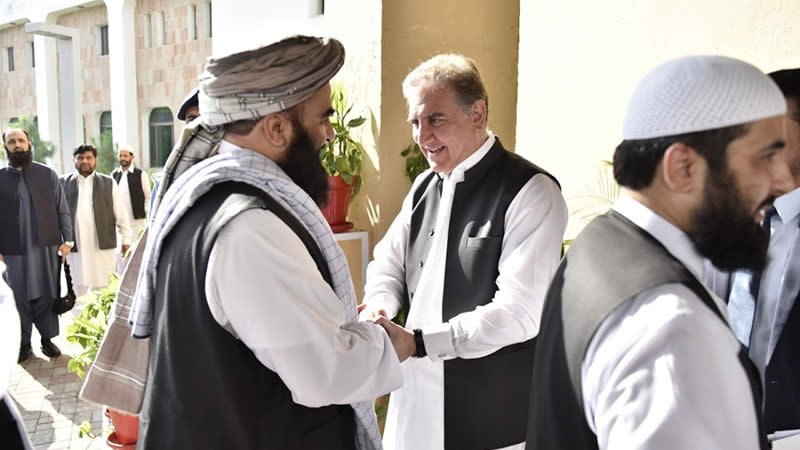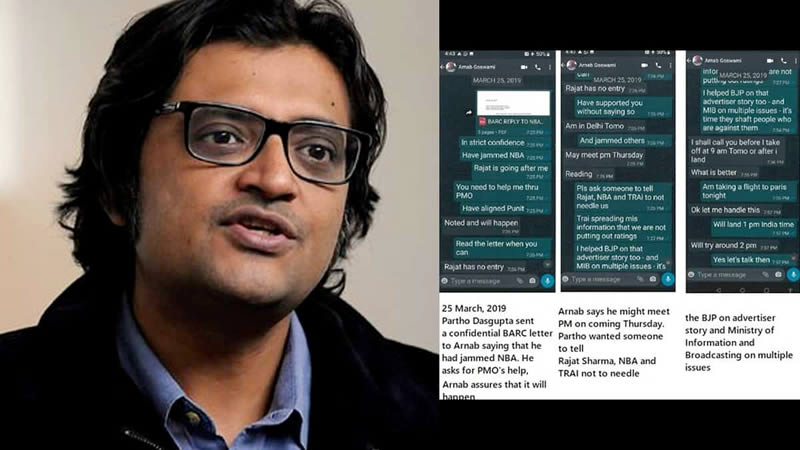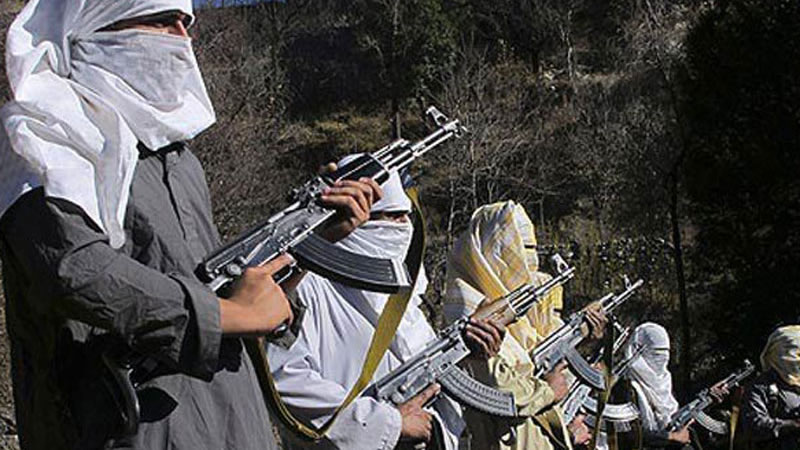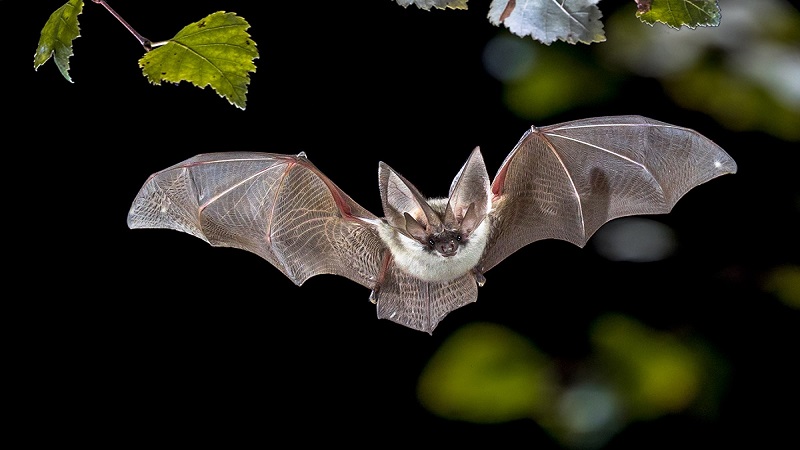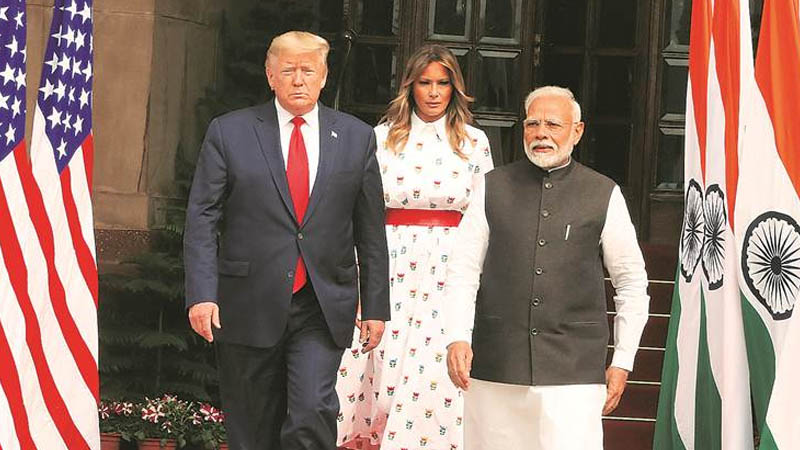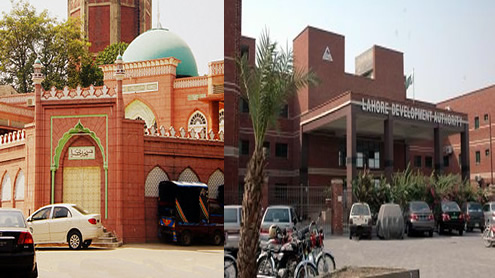 Politics makes strange bedfellows, especially in Pakistan. Federal Law Minister Babar Awan and PML-Q’s leader Chaudhry Pervaiz Elahi met on Monday and agreed to strengthen democracy. It was interesting to see the PPP extending a hand of friendship to the PML-Q, considering that this is the same party the PPP leadership labelled as the ‘Qatil’ (murderer) League after Benazir Bhutto’s assassination. Babar Awan said, “There is no place for arrogance in politics,” thereby attempting to justify the move. Perhaps the word ‘arrogance’ should be replaced with ‘principles’.The political landscape in Pakistan is so complex that it is not unusual to see radical political shifts. The PPP’s olive branch to the PML-Q could be for a number of objectives. There could be apprehensions in PPP circles that the MQM may prove an unreliable ally again, which could arguably lead to an in-house change. As an insurance policy, the PPP now seems to be warming up to the PML-Q. Talk of an in-house change has been rife since the initiation of moves to unify the Muslim League by veteran politician Pir Pagara. Whether these moves will be successful remains to be seen, considering that the most powerful Muslim League faction, the Nawaz League, is averse to the idea. The PPP wants to nip this move in the bud and is thus making its own strategy to thwart this plan. In the National Assembly, in a house that should be 342, but is at present at a strength of 339, the PPP has 126 seats, the PML-N 90, PML-Q 53, MQM 25, ANP 13, while there are 17 independents and a handful of seats belong to the MMA, PML-F, BNP-A, PPP-S and NPP.
Politics makes strange bedfellows, especially in Pakistan. Federal Law Minister Babar Awan and PML-Q’s leader Chaudhry Pervaiz Elahi met on Monday and agreed to strengthen democracy. It was interesting to see the PPP extending a hand of friendship to the PML-Q, considering that this is the same party the PPP leadership labelled as the ‘Qatil’ (murderer) League after Benazir Bhutto’s assassination. Babar Awan said, “There is no place for arrogance in politics,” thereby attempting to justify the move. Perhaps the word ‘arrogance’ should be replaced with ‘principles’.The political landscape in Pakistan is so complex that it is not unusual to see radical political shifts. The PPP’s olive branch to the PML-Q could be for a number of objectives. There could be apprehensions in PPP circles that the MQM may prove an unreliable ally again, which could arguably lead to an in-house change. As an insurance policy, the PPP now seems to be warming up to the PML-Q. Talk of an in-house change has been rife since the initiation of moves to unify the Muslim League by veteran politician Pir Pagara. Whether these moves will be successful remains to be seen, considering that the most powerful Muslim League faction, the Nawaz League, is averse to the idea. The PPP wants to nip this move in the bud and is thus making its own strategy to thwart this plan. In the National Assembly, in a house that should be 342, but is at present at a strength of 339, the PPP has 126 seats, the PML-N 90, PML-Q 53, MQM 25, ANP 13, while there are 17 independents and a handful of seats belong to the MMA, PML-F, BNP-A, PPP-S and NPP.
If the MQM leaves the coalition at the Centre, the PML-Q could conceivably replace it and help keep the coalition government intact. The real test though, would come in the Punjab Assembly where the PPP is in coalition with the PML-N. In a house of 371, the PPP has 107 seats while the PML-Q has 85 seats. The PML-N has 170 seats. We have already seen what happened when the PPP imposed Governor’s rule in Punjab, which turned out to be a great misadventure and an eventual embarrassment for the PPP. If the PPP withdraws from its coalition with the Sharifs in Punjab and opts for the Chaudhries instead, it would be possible to oust the PML-N provincial government. But the PPP must keep a few things in mind before going on another (mis)adventure.
Within the parameters of the constitution and democracy, an in-house change is permitted, provided no horse-trading takes place. The political fallout of trying to form an alliance with the PML-Q can be negative if it fails to materialise or is short-lived. Any move for an in-house change in Punjab would invite the inevitable PML-N retaliation. It would likely redouble its efforts to bring down the federal government in turn. As for the MQM, the argument still holds that keeping them close to your chest is better than alienating them, in the interests of preventing the situation in Sindh going from bad to worse. Thus, it would be wise for the PPP to exercise some caution. Destabilisation in Punjab may set off ripples of destabilisation in Sindh and the Centre, arguably threatening the whole democratic edifice – Dailytimes


